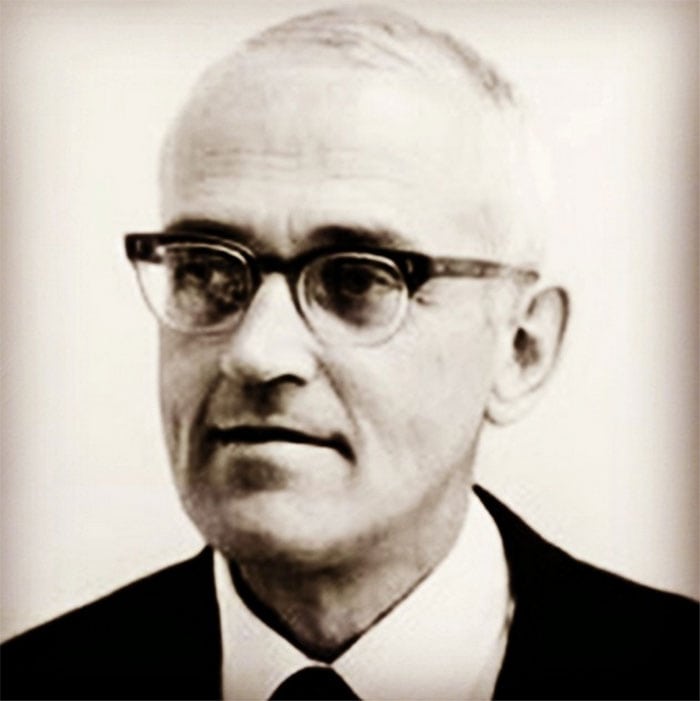It’s embarrassing when we try and prove someone wrong, only to discover they’re right. It is cringe-worthy, and quite frankly, makes us look like a fool. On the other side, no one wants to be disproven, especially when they know they’re right. Throughout history, science figures have repeatedly tried to prove something but were initially called crazy by the general public.
If we’d listened to these intelligent people straight away, we might’ve prevented many diseases or made discoveries about food and health issues earlier. At least we now have tons of scientific facts right under our belts that are there to teach us a thing or two about the world and how it works. Next time you have an outlandish idea, don’t let the non-believers stop you. It’s always worth trying, even if you fail miserably.
Giant Oil Companies Called Clair Patterson Crazy For Discovering Lead In Our Bodies

Patterson tested ice cores down in the Arctic, and his findings caused him to earn the title of a crazy man by big oil companies. He figured out we had a high amount of lead in our water, the atmosphere, and our bodies. Leaded gasoline caused these high levels, and as a result, the oil companies labeled him an enemy. This makes sense, considering their source of income is the purchase of oil. We can’t blame them for trying, even if we’re the ones suffering for it.
Patterson tried to petition Congress for many years and tried to make it illegal to add lead to gasoline. It was Patterson against Ethyl Corporation, DuPont, and the American Petroleum Institute. Corporations shut him down. Lead is shaped like a neurotransmitter and blocks receptors causing insanity, similar to mercury. Many people in the oil industry had gone mad, and it wasn’t until decades later that lead was removed from gasoline (Anthony Turton).
